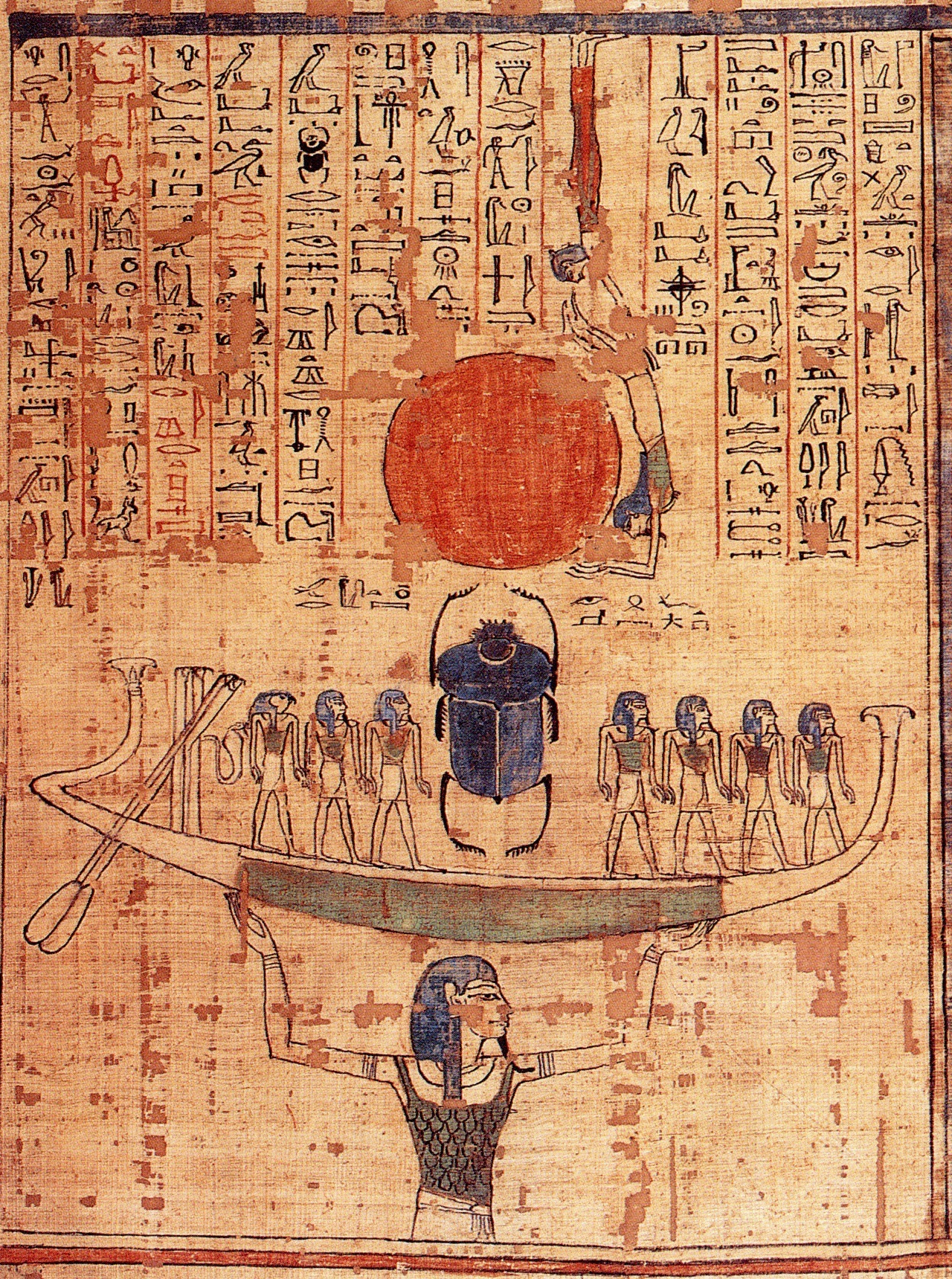|
π
{{Hiero, "water", N35, align=era=egypt π (U+13216, Gardiner N35) is the Egyptian "water ripple" hieroglyph. See: * List of Egyptian hieroglyphs#N for its list entry * Egyptian unilateral signs for its role as phonetic sign for ''n'' * Egyptian_language#Prepositions for its role as preposition * M#History for its role as historical origin of the letter M See also * Nu (god of primeval waters) * Deshret (alternative ''n'' sign) * Gardiner's Sign List N35 ... [...More Info...] [...Related Items...] OR: [Wikipedia] [Google] [Baidu] [Amazon] |
Egyptian Unilateral Signs
As used for Egyptology, transliteration of Ancient Egyptian is the process of converting (or mapping) texts written as Egyptian language symbols to alphabetic symbols representing uniliteral hieroglyphs or their hieratic and demotic counterparts. This process facilitates the publication of texts where the inclusion of photographs or drawings of an actual Egyptian document is impractical. Transliteration is not the same as transcription. Transliteration is the representation of written symbols in a consistent way in a different writing system, while transcription indicates the pronunciation of a text. For the case of Ancient Egyptian, precise details of the phonology are not known completely. Transcription systems for Ancient Egyptian do exist, but they rely on linguistic reconstruction (depending on evidence from the Coptic language and other details) and are thus theoretical in nature. Egyptologists rely on transliteration in scientific publications. Standards Important as trans ... [...More Info...] [...Related Items...] OR: [Wikipedia] [Google] [Baidu] [Amazon] |
List Of Egyptian Hieroglyphs
The total number of distinct Egyptian hieroglyphs increased over time from several hundred in the Middle Kingdom to several thousand during the Ptolemaic Kingdom. In 1928/1929 Alan Gardiner published an overview of hieroglyphs, Gardiner's sign list, the basic modern standard. It describes 763 signs in 26 categories (A–Z, roughly). Georg MΓΆller compiled more extensive lists, organized by historical epoch (published posthumously in 1927 and 1936). In Unicode, the block ''Egyptian Hieroglyphs'' (2009) includes 1071 signs, organization based on Gardiner's list. As of 2016, there is a proposal by Michael Everson to extend the Unicode standard to comprise MΓΆller's list. Subsets Notable subsets of hieroglyphs: * Determinatives * Uniliteral signs * Biliteral signs * Triliteral signs * Egyptian numerals Letter classification by Gardiner List of hieroglyphs See also *Egyptian hieroglyphs * Transliteration of Ancient Egyptian * Gardiner's sign list * List of cuneiform ... [...More Info...] [...Related Items...] OR: [Wikipedia] [Google] [Baidu] [Amazon] |
Egyptian Language
The Egyptian language, or Ancient Egyptian (; ), is an extinct branch of the Afro-Asiatic languages that was spoken in ancient Egypt. It is known today from a large corpus of surviving texts, which were made accessible to the modern world following the decipherment of the ancient Egyptian scripts in the early 19th century. Egyptian is one of the earliest known written languages, first recorded in the hieroglyphic script in the late 4th millennium BC. It is also the longest-attested human language, with a written record spanning over 4,000 years. Its classical form, known as " Middle Egyptian," served as the vernacular of the Middle Kingdom of Egypt and remained the literary language of Egypt until the Roman period. By the time of classical antiquity, the spoken language had evolved into Demotic, and by the Roman era, diversified into various Coptic dialects. These were eventually supplanted by Arabic after the Muslim conquest of Egypt, although Bohairic Coptic ... [...More Info...] [...Related Items...] OR: [Wikipedia] [Google] [Baidu] [Amazon] |
Nu (mythology)
Nu ("Watery One") or Nun ("The Inert One") (Ancient Egyptian: ; Coptic: ), in ancient Egyptian religion, is the personification of the primordial watery abyss which existed at the time of creation and from which the creator sun god Ra arose. Nu is one of the eight deities of the Ogdoad representing ancient Egyptian primordial Chaos from which the primordial mound arose. Nun can be seen as the first of all the gods and the creator of reality and personification of the cosmos. Nun is also considered the god that will destroy existence and return everything to the Nun whence it came. No cult was addressed to Nun. Nun's consort (or his female aspect) was the goddess Nunut or Naunet (Ancient Egyptian: ). Name The name on Nu is paralleled with "inactivity" in a play of words in, "I raised them up from out of the watery mass [], out of inactivity []". The name has also been compared to the Coptic ''noun'' "abyss; deep". Origin myth The ancient Egyptians envisaged the oc ... [...More Info...] [...Related Items...] OR: [Wikipedia] [Google] [Baidu] [Amazon] |
Deshret
Deshret () was the Red Crown of Lower Egypt. It was red bowl shaped with a protruding curlicue. When combined with the Hedjet (White Crown) of Upper Egypt, it forms the Pschent (Double Crown), in ancient Egyptian called the ''sekhemti''. The Red Crown in Egyptian language hieroglyphs eventually was used as the vertical letter "n". The original "n" hieroglyph from the Predynastic Period and the Old Kingdom was the sign depicting ripples of water. The word Deshret also referred to the desert Red Land on either side of Kemet (Black Land), the fertile Nile river basin. Significance In mythology, the earth deity Geb, original ruler of Egypt, invested Horus with the rule over Lower Egypt. The Egyptian pharaohs, who saw themselves as successors of Horus, wore the ''deshret'' to symbolize their authority over Lower Egypt. Other deities wore the ''deshret'' too, or were identified with it, such as the protective serpent goddess Wadjet and the creator-goddess of Sais, Neith, who of ... [...More Info...] [...Related Items...] OR: [Wikipedia] [Google] [Baidu] [Amazon] |
